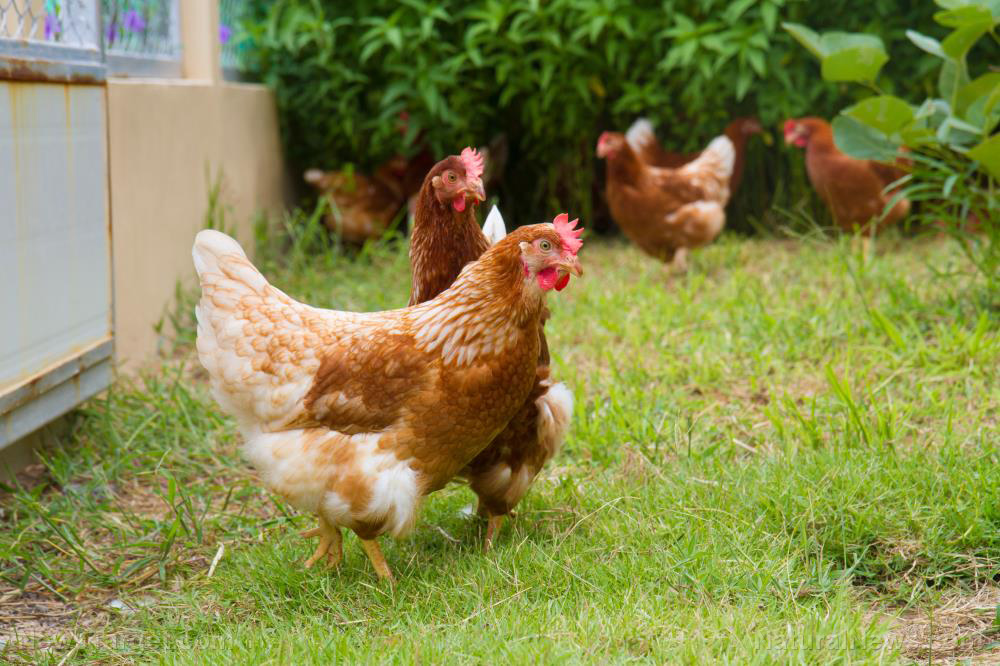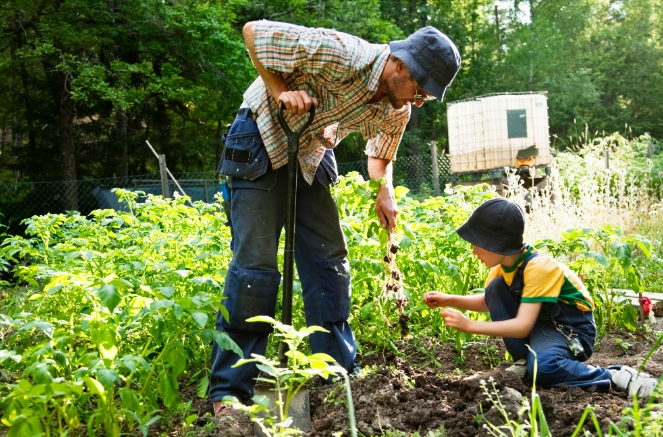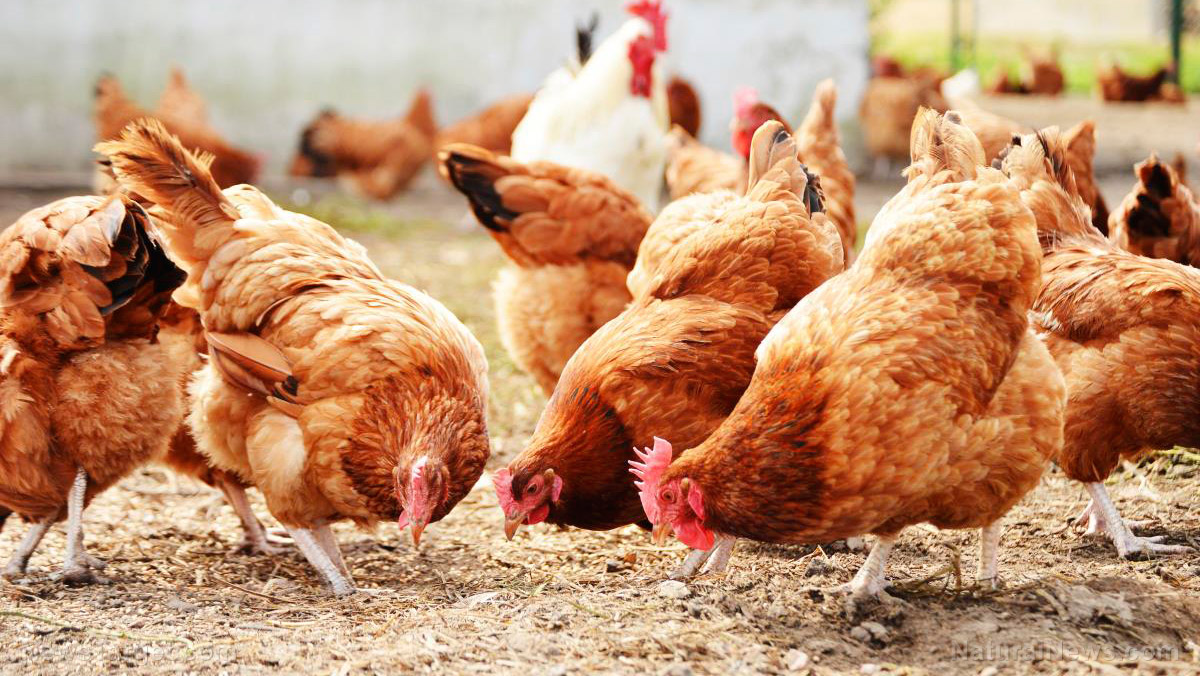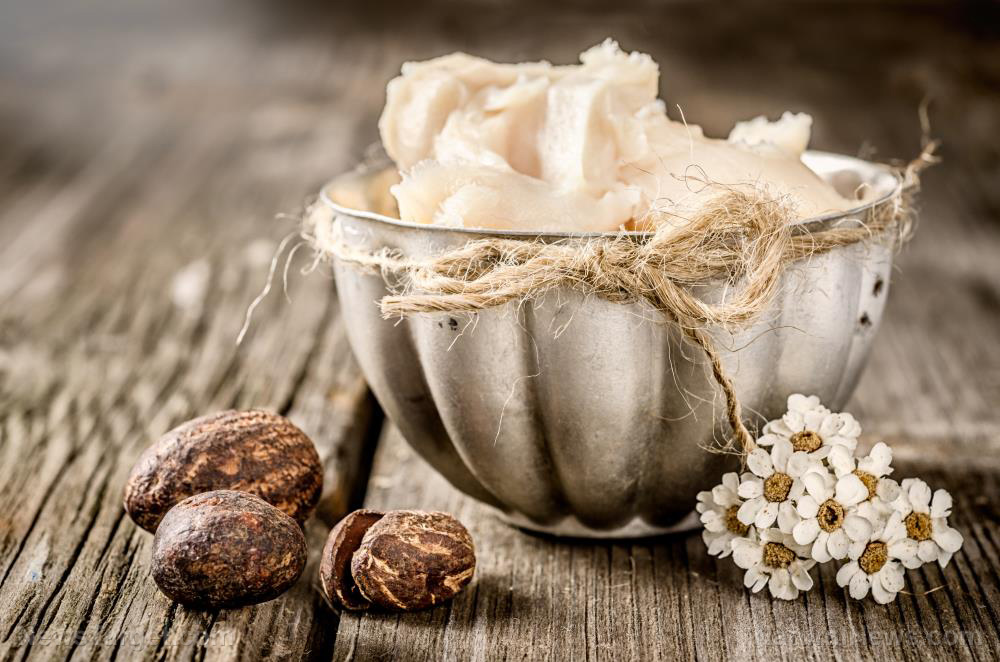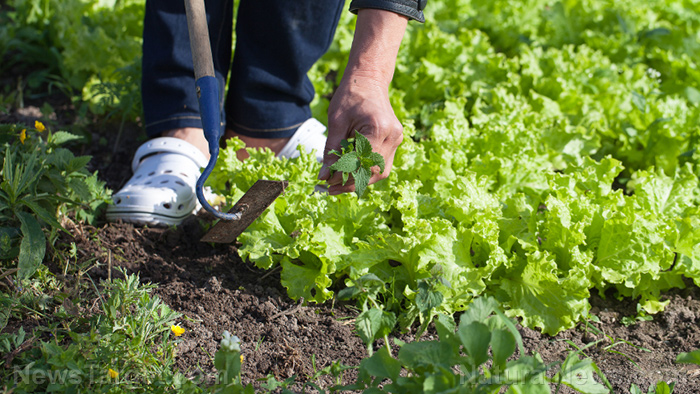Home gardening basics: How to use herbs in your edible landscape
04/21/2019 / By Zoey Sky

The practice of edible landscaping unites design and functionality, making this type of landscaping perfect for home gardeners who wish to start a garden that is both beautiful and bountiful. But why stop at a beautiful and functional garden when you can also incorporate herbs into the landscape? (h/t to RockinWHomestead.com)
Herbs are great additions to an edible landscape
Herbs may be tiny, but these small plants are versatile additions to any garden. Consider planting herbs in your edible landscape if you cook with herbs a lot or if you want to cultivate various medicinal herbs that you can use when SHTF.
Specialty herb gardens
If you love tea, set aside some space in your home garden for a specialty herb garden. The following herbs can be used to make soothing medicinal teas:
- Basil
- Chamomile
- Fennel
- Lavender
- Lemon balm
- Lemon verbena
- Mint
- Monarda/bergamot
- Rose hips
- Rosemary
- Sage
Grow herbs that you usually cook with
Homesteaders make the most of every inch of space in their garden, so don’t waste your time and energy on herbs that you won’t cook with.
Below are some herbs that can be used in various dishes:
- Basil, oregano, thyme – These herbs go well with chicken. They can also be used to make delicious rice dishes and pasta.
- Chives – Chives can be chopped and sprinkled over baked potatoes or added to salads.
- Mint – A versatile herb, mint is also easy to grow. Mint can be used in both savory and sweet dishes.
Plant herbs suited to your climate
Check if the herbs you chose can grow in your climate. This is crucial because certain herbs are suited to warm climates while others must be grown in cooler weather.
- Cilantro – Cilantro is a cool weather herb. You need to grow it in the spring before the summer heat settles in.
- Parsley – Parsley is a perennial plant that can be enjoyed year after year, even when a harsh winter interrupts its growth.
- Rosemary – Like other Mediterranean herbs, rosemary must be grown in summer.
Strategic placement and companion planting
After you decide which herbs you want to grow in your edible landscape, start deciding where you’ll plant them. If you’re growing herbs to cover a large area of ground, try bee balm, lemon balm, or mint.
Another option is to grow insect-repelling herbs like basil and lemon balm in strategic places, such as an area in your garden where your family or guests will spend most of their time. (Related: The best ideas to turn your homestead into the ultimate edible landscape.)
Incorporate companion planting into your edible landscape by combining two plants for a specific purpose. If you have crops that are regularly attacked by insects, use companions to trap or repel them or hide the plant altogether.
Companion plants can also attract beneficial insects to your garden. They provide food and shelter for these insects when they visit your home garden. Certain plants grow well together since they don’t need to compete for light or rooting space.
The benefits of companion planting include:
- Allowing plants to benefit from each other by providing shade and attracting pollinators.
- Eliminating the need for chemicals.
- Helping plants work in harmony by adding nutrients in the soil.
- Reducing labor in your garden.
Plant herbs in your edible landscape so you have access to nutritious and flavorful herbs that can enhance each dish you serve to your loved ones.
Read GrowYourMedicine.com for more tips on how to grow herbal medicine.
Sources include:
Tagged Under: clean food, edible landscape, edible landscaping, food supply, foodscaping, fresh produce, fresh vegetables, gardening, gardening tips, herbal remedies, Herbs, home gardening, homesteading, medicinal herbs, off grid, organics, prepping, self sufficiency, self-reliance, self-sustainability, survival, sustainable living, urban gardening, urban prepping


